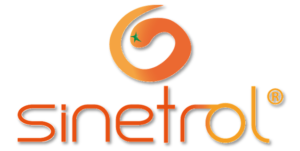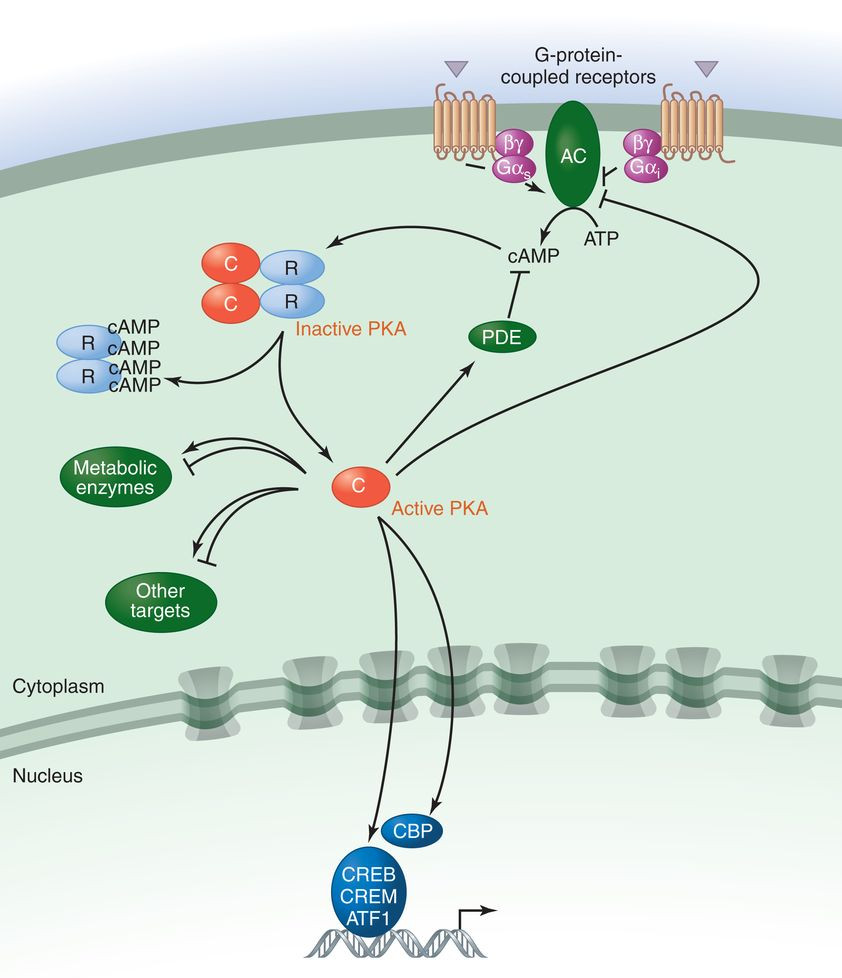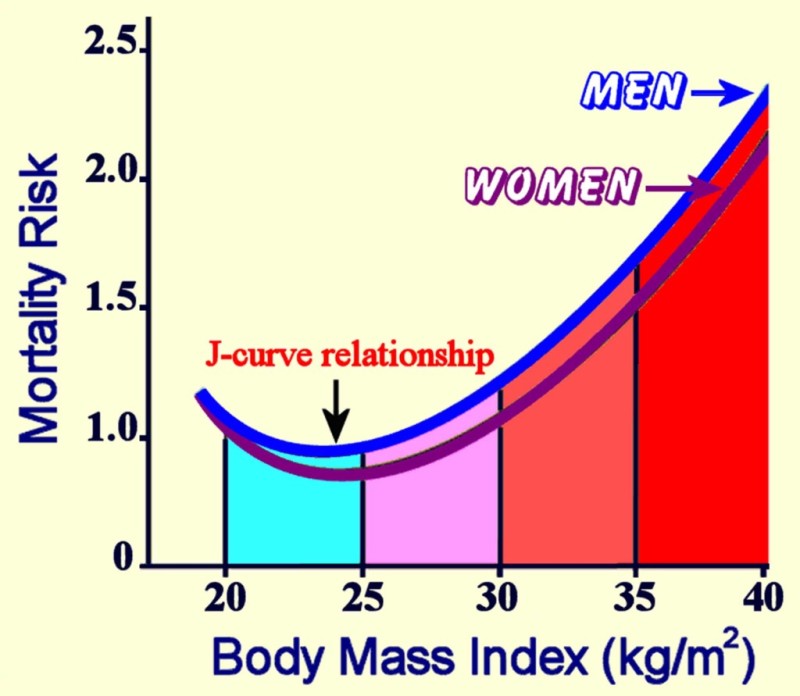Just after our BAIBA "exercise in a pill" research, we keep finding more studies showing that you can get a boost from certain natural ingredients, when extracted properly.
Research has come up giving rise a a brand new contender for the market in Sinetrol. What is it and how does it work?
We get into the research and the supplements that contain it below. Read on to see how this new ingredient can be the "Next Big Thing" in the war on fat.
What is Sinetrol?
Sinetrol is a patented proprietary blend of several polyphenolic compounds extracted from a variety of citrus fruits, including red orange, grapefruit, and orange.[1] These bioactive polyphenols include naringin, hesperidin and neohesperidin thought to possess certain lipolytic properties. It also contains caffeine from guarana.

Sinetrol combines a proprietary blend of citrus extracts specifically formulated to help you shed the fat!
Citrus extracts have gained more and more recognition in the supplement world and mass media for their various health benefits. These have ranged from reducing blood pressure to treating diabetes to weight loss.[2,3] Just take a look at any of a dozen fat burners on the shelf at the store and you're bound to find one or two citrus extracts contained on there.
Sinetrol stands a part from the pack in that it has several clinical studies on humans that validate its claims in the weight loss department.
Sinetrol Benefits
Sinetrol will be used primarily in fat burners and weight loss products which means its benefits will include:
- Decreased Body Weight[4,5]
- Reduced Body Fat Levels[4,5]
- Enhanced Lipolysis[4,5]
- Waist and Hip Circumference Reduction[4,5]
- Reduce oxidative stress and inflammation[4-6]
How does Sinetrol Work?
Let's get scientific for a second, and then come back and explain the human research:

The basic gist is that inhibiting PDE4 a bit will keep your cellular energy high. Image courtesy CSH Perspectives[7]
Sinetrol's main mechanism of actions is that of a phosphodiesterase (PDE) inhibitor. In particular, the compounds in Sinetrol inhibit the PDE-4 enzyme. PDE inhibitors increase levels of cyclic adenosine monophosphate (cAMP) by preventing its breakdown. cAMP-dependent pathways activate AMP-activated protein kinase (AMPK). Less bio-active PDE means more cAMP is available.
When a hormone like adrenalin interfaces with fat cells, cAMP ensures that the "proper" signal is transmitted to the enzymes in the cell that liberate fatty acids from the fat cells. Less available PDE in the fat cells means that the fat cells release more fatty acids into the bloodstream to be burned by the body for energy!
Why is that important? Because research has shown that inhibiting PDE4 counters diet-induced obesity.[8]
The Research
So far, two studies have been published on Sinetrol and its effects on weight loss. There is a third study that was recently completed, but has not been released for publication as of this writing.
-
Study #1
The first study conducted in 2008 involved two groups of 10 people that compared the lipolytic effects of Sinetrol versus other lipolytic products (isoproterenol, theophylline, and caffeine).[5]
This was a randomized, double-blinded, and placebo-controlled trial, which we always love to see.
Think body mass index doesn't matter? It may be off for very muscular people, but in general, if your BMI is higher up this J-curve, so is your probability of dying today.[9] Note that this image has nothing to do with the study discussed to the left.
Body Mass Indices of overweight individuals were compared at 4 weeks and 12 weeks. The Sinetrol group showed a decrease in body fat of 5.53% after 4 weeks and an astounding 15.6% after 12 weeks! Body weight decreased by 2.2kg and 5.2kg after 4 and 12 weeks, respectively.
The dosage used was a hefty 1.4g/day of Sinetrol for the trial group and 1.4g placebo for the control group. Furthermore, Sinetrol proved to be a much more potent inhibitor of PDE (97%) compared to various other purified compounds (cyanidin-3 glycoside, narangin, caffeine) that were tested.
An important note here is that these results were obtained with ZERO change to diet or regular physical activity! (Or so the study states...)
-
Study #2
The second study, conducted in 2014, was a 12-week, randomized, double-blind, placebo-controlled trial. A test group consisting of 47 overweight individuals were given Sinetrol twice daily versus a control group of 48 overweight individuals who received a placebo.[4]
At the end of the 12 weeks, the Sinetrol group showed significant decreases in:
- Waist Circumference (-5.71% vs. -1.56%)
- Hip Circumference (-4.71% vs. -1.35%)
- Abdominal Fat (-9.73% vs. -3.18%)
- Inflammatory Markers (C-reactive protein: -22.87% vs. +61%)
- Oxidative Stress (-14.03% vs. 2.76%)
Sinetrol Supplements
The current Sinetrol product on the market is InnovaPharm NovaBurn 2.0.
Sinetrol Dosage
The best practice is to follow the dosing protocol on the product you happen to purchase - and most of those products recommend 450mg twice per day, getting you to 900mg total.
Both studies used two daily doses, one with breakfast and one with lunch. The first study had a total consumption of 1.4g of Sinetrol, while the second study had a total consumption of 900mg.
Why the difference in research doses?
Between the two studies, the ingredient's concentration changed from 1400mg/day to 900mg/day. This is what's prompting the new studies - an extract potency improvement. The researchers have been able to get the same quantity of active compounds in a smaller version, which means easier-to-use (or less) capsules.
Who’s making this stuff and why haven’t I heard of it for so long?
The "Sinetrol XPUR" extracts used above come from a European company (headquartered in France) named Fytexia. They have a US office in New York, and our speculation is that it took some time for the International business to expand to the point where this ingredient may come closer to mainstream.
From our perspective, there's been minimal marketing behind this ingredient, at least in the American weight loss industry circles that we typically deal with.
Note that Fytexia was behind the extract potency changes discussed above, and they have one further comment:
Safety: Any potential Side Effects?
The research so far has shown that the ingredient is safe when used as directed. Fytexia contacted us, stating the following good news for many users:
Sinetrol is formulated without Bitter orange (aka Citrus aurantium), which is known to be a risk factor for people with cardiovascular concerns. It is developed from "safe" citrus. -- Fytexia spokesperson, via e-mail
We're always on the lookout for more research, but we've found that it's typically the higher-stimulant ingredients that bring more potential for side effects.
The caffeine inside of this extract is far too low to cause stimulant-related issues unless you are extremely stimulant-sensitive or have some pre-existing condition, and that is why it's prudent to speak to your doctor before beginning any new diet or supplementation program.
Non-affiliation disclaimer
As a disclaimer, we were not paid to write this post - PricePlow is an unbiased resource that maintains affiliations with the retail stores, not the brands - we were simply interested in the latest study that came out and wanted to dig in more.
Wrap Up
Sinetrol shows some solid promise as a key ingredient in future weight loss products and fat burners that may soon be flooding the market. Keep an eye out for this ingredient in the news and on the web as it's primed to do well once more research comes out!
Life Extension Mediterranean Trim – Deals and Price Drop Alerts
Get Price Alerts
No spam, no scams.
Disclosure: PricePlow relies on pricing from stores with which we have a business relationship. We work hard to keep pricing current, but you may find a better offer.
Posts are sponsored in part by the retailers and/or brands listed on this page.



Comments and Discussion (Powered by the PricePlow Forum)